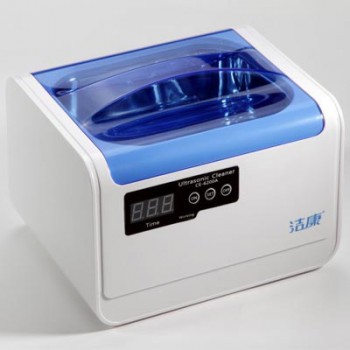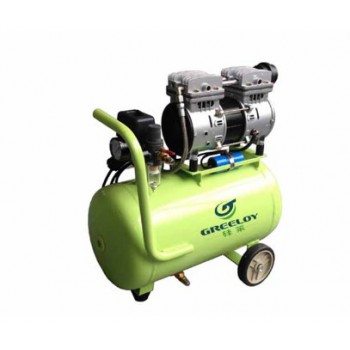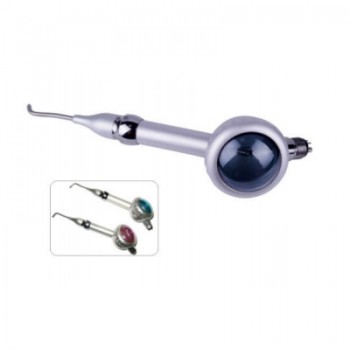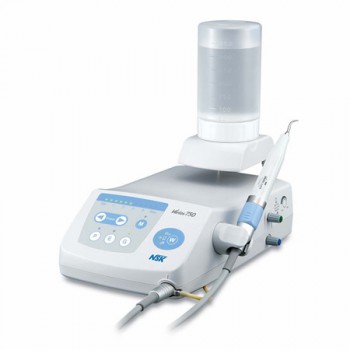A dental implants treatment is for individuals who have a missing tooth or teeth. They are also for those who need support for a bridge or a denture. The most common reason though is to replace a missing tooth or teeth, permanently. Dental implants are artificial teeth that are surgically implanted in the mouth in place of missing teeth, teeth that need to be removed due to decay or irreparable disfigurement.
While dental implants are impervious to tooth decay, you’re still prone to gum disease. That’s why you need to brush, floss and visit your dentist regularly. There are some additional steps that you should take keep your new teeth just as dazzling as your original pearly whites.
See your dental specialist twice a year. Not only will she thoroughly clean your implants and remove plaque, but a cosmetic dentist in New Jersey can evaluate if your implants need adjustments.
Getting dental implants does not reduce or eliminate your risk for oral disease. In fact, as you age developing root decay and mouth cancers naturally increase, no matter how often you brush and floss. That’s why it’s crucial to get regular checkups. When you visit your oral hygienist in New Jersey or surrounding location for cleanings and dental implant maintenance, he will also evaluate your mouth for these potential health problems:
Uneven jaw bone caused by tooth loss (since you have implants, you’re at risk for this)
Tissue inflammation – an oral problem people with dental work are at higher risk for Attrition, a structural problem caused by forces from other teeth.
Regardless of whether you have all your original teeth or dental implants, everyone should practice proper oral hygiene. The great news is that by following these simple recommendations, your dental implants can last for over four decades.
Since a dental implants treatment is most commonly used to permanently replace a missing tooth and is performed by a cosmetic dentist, many would think that one has it just for an aesthetic appeal. This isn’t always the case, even though the patient may not be aware of the dental health improvement that an implant treatment has, it does have it.
When a person is missing a tooth, the gap that’s left in their mouth enables the rest of the teeth to shift and move which can cause misalignment, a poor bite, and effect their eating habits. The bone, which will weaken more quickly, where the tooth is missing if the gap isn’t filled. This can cause the other teeth to become loose and fall out.
For more information, please visit: https://www.alandental.com/category-80-b0-Root-Canal-Endodontic.html



